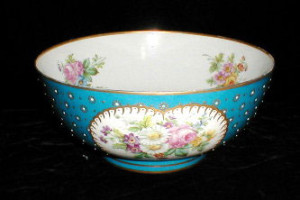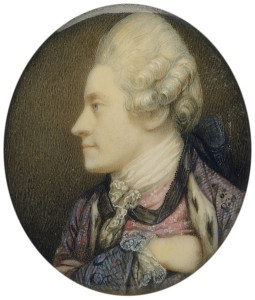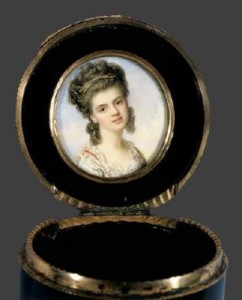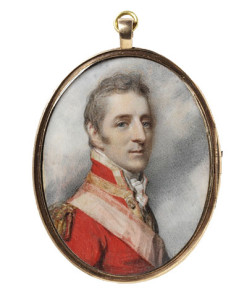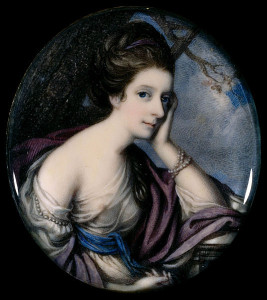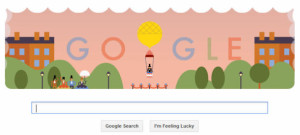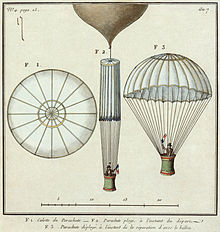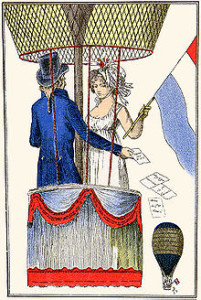Since Amanda is busy moving (hope it’s all going well, Amanda!) I promised to switch days with her. And promptly forgot, in the havoc of getting back from the New Jersey Romance Writers conference and trying to get the family and household back on track!
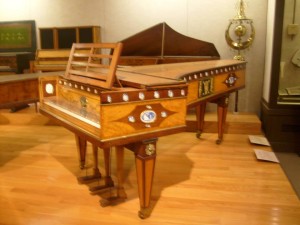 Anyway, I’m here now. Back in the summer, I had the chance to visit the vast and wonderful Museum of Fine Arts in Boston. There were many highlights to the visit, but an unexpected one was their varied collection of musical instruments. I’ve been meaning to blog about it ever since, but it went onto the back burner as I was finishing Fly with a Rogue and taking my oldest on college visits.
Anyway, I’m here now. Back in the summer, I had the chance to visit the vast and wonderful Museum of Fine Arts in Boston. There were many highlights to the visit, but an unexpected one was their varied collection of musical instruments. I’ve been meaning to blog about it ever since, but it went onto the back burner as I was finishing Fly with a Rogue and taking my oldest on college visits.
One of the most striking pieces in the collection is this superb grand piano. It was made in 1796 by John Broadwood & Sons for Manual de Godoy, ambassador to King Carlos IV of Spain. The decoration was designed by Thomas Sheraton and the jasperware cameos are by Josiah Wedgewood. I took some pictures of the details. Apologies for the fuzziness, but you can get an idea anyway.
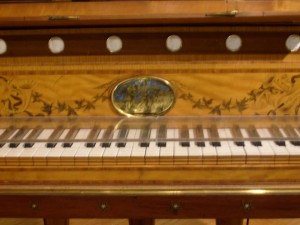
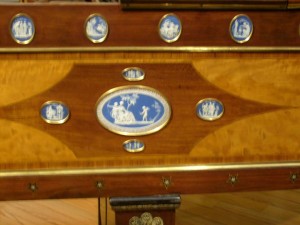
This is certainly the sort of instrument one could imagine in the house of one of our fictional dukes.
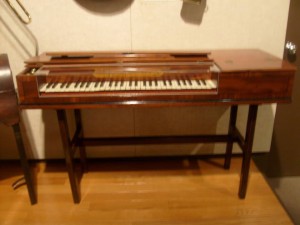 At the other end of the room, there was this square piano, made around 1770 in England by Johann Christoph Zume and Gabriel Buntebart. At about 5 octaves, this was the first type of piano to be commercially successful and became very popular. A vicar’s daughter type heroine could have afforded to play a piano like this one.
At the other end of the room, there was this square piano, made around 1770 in England by Johann Christoph Zume and Gabriel Buntebart. At about 5 octaves, this was the first type of piano to be commercially successful and became very popular. A vicar’s daughter type heroine could have afforded to play a piano like this one.
Here is Vladimir Pleshakov playing Bonifacio Asioli’s 1795 Sonata on a 1795 Broadwood grand. According to the comments, the pianoforte pictured is actually of a later date, unfortunately.
Next week I’ll post about some of the more esoteric instruments in the collection.
Can any of you picture yourselves playing these instruments? I can–in my Regency fantasies!
Elena
www.elenagreene.com


